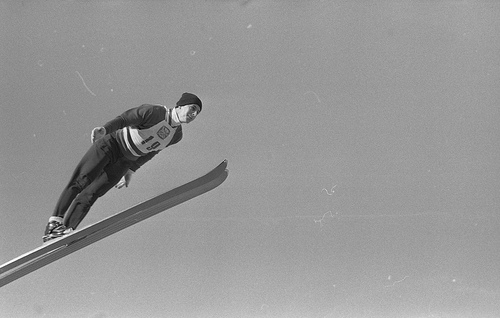Schools in Finland have turned out to have some of the highest test scores in the world. How have they achieved this?
Not by creating a two-tier educational system – there are very few private schools in Finland.
Not by setting up a rigid system of standardised testing – there is only one state exam which pupils take at the end of secondary school. All other tests and measures are designed by individual teachers in individual classrooms with their own individual pupils in mind.
Not by rigid academic streaming or emphasis on rote learning or ‘hot-housing’.
The answer to ‘how’ the Finns have attained their academic excellence is a lesson itself in both education and irony.
Since the 1980s every effort has been made to ensure that all Finnish children have exactly the same opportunity to learn, regardless of family background, income, or geographic location. Finland offers all pupils free school meals, easy access to health care, psychological counselling, and individualized student guidance.
In fact, as the Finns weren’t trying to attain academic excellence when Finland’s students scored so high on the first PISA (Programme for International Student Assessment) survey in 2001, they thought there had been a mistake. But subsequent PISA tests confirmed that Finland – unlike, say, very similar countries such as Norway – was producing academic excellence through its particular policy focus on equity.
All of which would suggest that education is more a system of getting things out of children – developing their natural capacities – rather than putting things in. It’s a bit like gardening – with a suitable, healthy nurturing environment all plants have a good chance of thriving. Children seem to be the same.
A good lesson for most other governments.
_______________________________________________
Related articles
- Immigrant children benefit from Finnish education (guardian.co.uk)
- Is my education system better than your education system? Finland vs the world. (sluggerotoole.com)
- Why Are Finland’s Schools Successful? (19pencils.com)
- Karyn Adams: A lesson on education from the Finns (knoxnews.com)
- Educated Finns (609north.wordpress.com)
- The dirty word that’s key to the success of Finland’s educational reform: Equity (holykaw.alltop.com)
- Here’s What The US Education System Can Really Learn From Finland (businessinsider.com)
- What Americans Ignore When Comparing Finland’s Student Test Scores to Ours (educationclearinghouse.wordpress.com)
- Making School Work (aleksandreia.wordpress.com)
- Why Are Finland’s Schools Successful? (smithsonianmag.com)
- Our schools exam system is no longer fit for purpose | Mehdi Hasan (guardian.co.uk)
